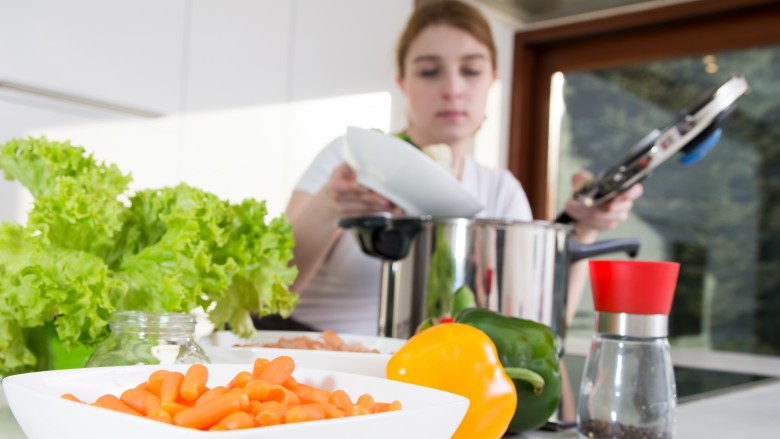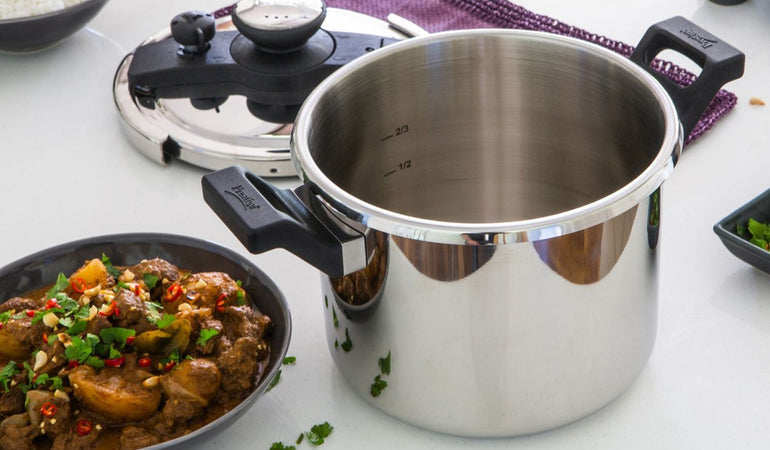Mastering Legume Delights: How to Cook Dal Without a Pressure Cooker
Written By James Morgan
For many, the aroma of freshly cooked dal evokes memories of warm, comforting meals. But what if you find yourself without a pressure cooker? Fear not! You can still enjoy a delicious and satisfying bowl of dal by following our comprehensive guide on how to cook dal without a pressure cooker.

Why Ditch the Pressure Cooker?
Before diving into the step-by-step process, lets consider the beauty of this traditional method. Cooking dal without a pressure cooker allows for enhanced control over the texture and flavor. It also steeps your legumes gently, preserving their nutritional integrity. Youll be surprised by how simple the process is once youve mastered a few key techniques.

Essential Ingredients and Tools
Ingredients
- 1 cup of split yellow lentils (moong dal) or red lentils (masoor dal)
- 4 cups of water
- 1 large onion, finely chopped
- 2 tomatoes, finely chopped
- 4 garlic cloves, minced
- 1-inch piece of ginger, grated
- 2 green chilies, chopped
- 1 tsp turmeric powder
- 1 tsp cumin seeds
- 1 tsp mustard seeds
- Salt, to taste
- Fresh cilantro, chopped (for garnish)
Tools
- Saucepan
- Knife
- Cutting board
- Cooking spoon
- Wooden spatula

Step-by-Step Recipe: Cooking Dal Without a Pressure Cooker
1. Preparing the Dal
Start by washing the dal thoroughly under running water. This helps remove any dust or debris clinging to the lentils. Rinsing the dal a few times will also prevent it from getting sticky during the cooking process.
2. Soaking the Dal
Though soaking is optional, it can significantly reduce your cooking time. Soak the dal in water for at least 30 minutes to an hour. This will help soften the legumes and make them cook faster.
3. Boiling the Dal
Now, its time to cook. In your saucepan, combine the soaked dal and 4 cups of water. Add a pinch of turmeric and salt. Turn the heat to medium-high and bring the mixture to a rolling boil. Skim off any foam that forms on top. This helps to keep your dal clear and appetizing.
4. Simmering
Once the dal reaches a boil, reduce the heat to low. Cover the saucepan with a lid and let it simmer gently. Stir occasionally to prevent the dal from sticking to the bottom of the pan. This process will take around 20-30 minutes, depending on the type and age of the lentils.
5. Checking for Doneness
Keep an eye on the texture of your dal. When the lentils are soft and break easily when pressed, your dal is done. If its too thick, you can add a bit more water to reach the desired consistency.
6. Creating the Tadka
While the dal is simmering, prepare the tadka (tempering). Heat some oil in a small pan over medium heat. Add cumin seeds and mustard seeds, allowing them to sizzle. Next, add chopped onions, green chilies, ginger, and garlic. Saut until the onions turn golden brown. Add chopped tomatoes and cook until the mixture becomes a cohesive paste.
7. Mixing the Tadka
Gently mix the tadka into the simmered dal. Stir thoroughly to ensure the flavors meld together. Let the combined mixture simmer for another 5-10 minutes. Taste and adjust the seasoning if needed.
8. Garnishing and Serving
Transfer your delicious dal to a serving bowl and garnish with freshly chopped cilantro. Serve the warm dal with steamed rice, chapati, or any bread of your choice. Add a side of pickles or a dollop of yogurt for a complete meal.

Tips for the Perfect Dal
Choosing the Right Dal
Different types of lentils bring unique flavors and textures. Experiment with varieties like chana dal, toor dal, and urad dal. Each offers something special and can be cooked using the same basic technique outlined above.
Boosting Flavor
Incorporate additional spices like garam masala, coriander powder, or curry leaves to elevate the taste. Customize your dal to suit your preferred spice level and flavor profile.
Advance Preparation
Consider preparing a large batch and storing it in the refrigerator. Dal can be a quick and healthy meal option on busy days. Simply reheat and enjoy!
The Nutritional Benefits of Dal
Dal is not just a flavorful delight but also packed with nutritional benefits. Rich in proteins, fiber, and essential nutrients, its an excellent addition to a balanced diet. Lentils are known to promote heart health, manage blood sugar levels, and aid digestion.
Exploring Regional Dal Varieties
Across India, different regions boast their own unique dal recipes. From the rich and creamy Dal Makhani of North India to the tangy Sambar of South India, the variations are endless. Each regional recipe reflects local flavors and culinary traditions, offering a fascinating culinary journey.
Pairing Suggestions
Dal pairs beautifully with various accompaniments. Consider traditional pairings like rice, jeera rice, chapati, or naan bread. A fresh salad or a serving of vegetables can also add vibrant colors and nutrients to your meal.
Adapting for Dietary Preferences
If youre vegan, dal is a fantastic protein source. For those who enjoy dairy, a drizzle of ghee or a spoonful of cream can add richness. Gluten-free options like rice or gluten-free bread ensure that everyone at the table can savor the delightful dish.
Conclusion: Your Dal Adventure Awaits
Cooking dal without a pressure cooker is not only achievable but can be a rewarding culinary experience. Embrace the process, experiment with flavors, and create mouthwatering dal dishes that will impress your family and friends. Ready to get started? Visit this comprehensive guide on how to use a pressure cooker for more inspiration.
Remember to care for your cookware to ensure longevity and hygiene. Utilize a cookware cleaner and maintain your wooden cutting board with cutting board oil.
As an Amazon Associate, I earn from qualifying purchases.



